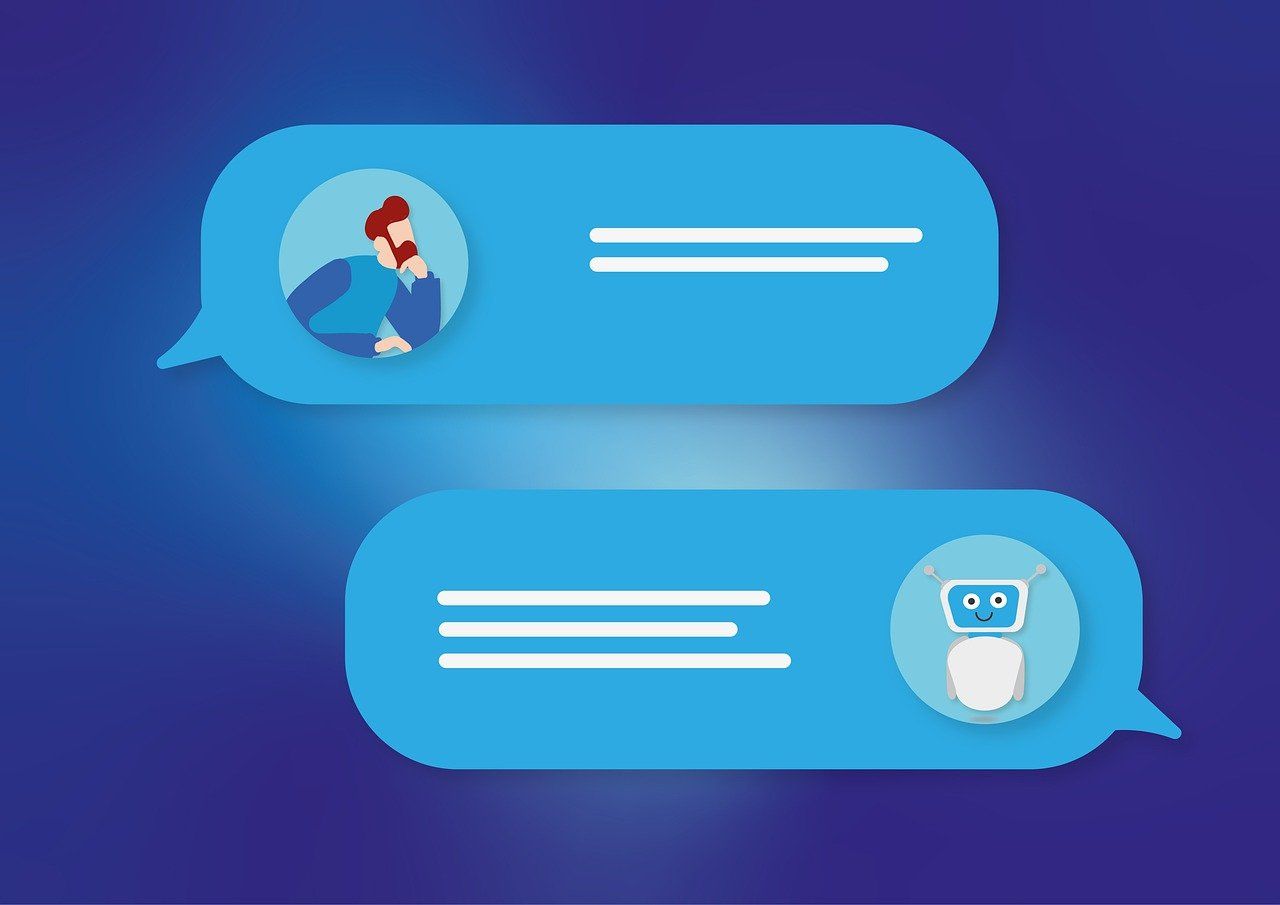The Smart Way to Replace Repetitive Tasks with AI Efficiency

Key Points
- 60% of workers spend at least one-third of their workweek on repetitive, manual tasks that could be automated.
- AI automation can reduce task completion time by up to 80% while minimizing human error.
- Businesses using AI for routine operations report 40% higher productivity and improved employee satisfaction.
- 85% of customer interactions can be handled by AI chatbots without human intervention.
- Implementing AI efficiency tools can save companies an average of $6.2 million annually in operational costs.
- Strategic AI implementation frees employees to focus on high-value creative and strategic work.
- Tools like Anablock's AI solutions can transform repetitive workflows into streamlined, automated processes.
Overview
Repetitive tasks consume valuable time and resources that could be directed toward strategic growth. Studies show that knowledge workers spend nearly 40% of their time on manual, repetitive work that adds little value to their core responsibilities.
The rise of artificial intelligence offers a transformative solution to this productivity drain. By strategically implementing AI-powered automation, businesses can eliminate time-consuming manual processes, reduce errors, and empower their teams to focus on work that truly matters.
Anablock explores the smart approach to replacing repetitive tasks with AI efficiency, helping you identify automation opportunities and implement solutions that deliver measurable results without disrupting your workflow.
1. Identifying Automation Opportunities
The first step toward AI efficiency is recognizing which tasks are draining your team's productivity. Many businesses struggle with this identification process, often automating the wrong tasks or missing high-impact opportunities.
High-value automation candidates share common characteristics: they're repetitive, rule-based, time-consuming, and prone to human error. Tasks like data entry, appointment scheduling, email responses, invoice processing, and report generation top the list of opportunities.
Common Missed Opportunities
- Manual data transfer between systems
- Repetitive customer service inquiries
- Social media content scheduling
- Document formatting and organization
- Meeting scheduling and calendar management
- Basic research and data collection
2. Choosing the Right AI Tools
Not all AI solutions are created equal, and selecting inappropriate tools can waste resources and frustrate teams. The key is matching specific business needs with purpose-built AI capabilities.
Generic automation tools often fail because they lack industry-specific context or require extensive customization. Businesses that rush into AI implementation without proper evaluation see adoption rates as low as 30%, with many tools abandoned within the first six months.
Start with clearly defined use cases before shopping for tools. Test AI solutions with pilot programs in specific departments. Prioritize platforms that offer seamless integration with your current tech stack. Consider comprehensive solutions like Anablock that provide tailored AI implementation across multiple business functions.
3. Implementing AI Chatbots for Customer Interactions
Customer service represents one of the highest-impact areas for AI automation. Yet many businesses deploy chatbots poorly, creating frustrating experiences that damage customer relationships.
Well-designed AI chatbots can handle 85% of routine customer inquiries instantly, providing 24/7 support while freeing human agents for complex issues. Poorly implemented bots, however, create frustration when they can't understand queries or fail to escalate appropriately.
Common Implementation Mistakes
- Chatbots that can't recognize when to transfer to humans
- Limited natural language processing capabilities
- Absence of personality or brand voice
- Failure to learn from interactions
- No clear escalation pathways
4. Automating Content Creation and Marketing
Marketing teams spend countless hours on repetitive content tasks like social media posting, email campaigns, and basic copywriting. AI can transform these workflows while maintaining quality and brand consistency.
AI-powered content tools can generate first drafts, schedule posts, personalize email campaigns, and analyze performance metrics automatically. This allows marketing professionals to focus on strategy, creativity, and high-level campaign development.
Implement AI writing assistants for content ideation and first drafts, but maintain human oversight for brand voice and strategic messaging. Use AI scheduling tools to optimize posting times based on audience engagement patterns. Automate routine reporting while reserving strategic analysis for human experts.
5. Streamlining Administrative Workflows
Administrative tasks like scheduling, document management, and data entry consume significant time across all business functions. These repetitive processes are prime candidates for AI automation.
Businesses that automate administrative workflows report time savings of 30-50% in these areas, with dramatic reductions in scheduling conflicts, missed appointments, and data entry errors.
Common Administrative Bottlenecks
- Meeting coordination across multiple calendars
- Document filing and retrieval
- Expense report processing
- Time tracking and timesheet management
- Basic data entry and form filling
- Invoice processing and payment tracking
6. Maintaining the Human Element
The biggest mistake in AI implementation is attempting to remove humans entirely from processes that benefit from human judgment, creativity, and empathy. Successful AI efficiency strategies augment human capabilities rather than replace them.
Research shows that businesses combining AI automation with human expertise outperform those relying solely on either approach. The key is understanding which tasks truly require human insight and which can be fully automated.
Measuring AI Efficiency Impact
To justify AI investments and identify improvement opportunities, track these key metrics:
- Time saved on specific automated tasks
- Error reduction rates
- Employee productivity increases
- Customer satisfaction scores
- Cost savings from reduced manual work
- Employee satisfaction and engagement levels
- Return on AI investment
Use dashboards and regular reviews to monitor these metrics and make data-driven decisions about expanding or adjusting your AI implementation.
Future Trends in AI Efficiency
The AI automation landscape continues evolving rapidly:
- Predictive Automation: AI systems that anticipate needs and take action before issues arise, rather than simply responding to triggers.
- Natural Language Interfaces: More sophisticated AI that understands complex instructions in plain language, eliminating the need for technical knowledge.
- Cross-Platform Intelligence: AI that seamlessly works across multiple tools and platforms, creating unified automation workflows.
- Personalized AI Assistants: Custom AI agents trained on specific business processes and company knowledge, acting as virtual team members.
Conclusion
Repetitive tasks drain productivity and prevent teams from focusing on strategic, creative work that drives business growth. By strategically implementing AI automation in customer service, content creation, administrative workflows, and other high-impact areas, businesses can dramatically improve efficiency while enhancing employee satisfaction.
The key to success is thoughtful implementation that identifies the right opportunities, selects appropriate tools, and maintains the essential human element where it matters most. Solutions like Anablock's AI services can help navigate this transformation, ensuring your automation strategy delivers measurable results.
Remember, AI efficiency is not about replacing your team but empowering them to focus on work that requires uniquely human skills. Start identifying your repetitive task bottlenecks today, and take the first step toward a more productive, efficient future.
Want to learn more about our healthcare solutions?
Discover how our AI technology can transform your healthcare practice.
Related Articles


